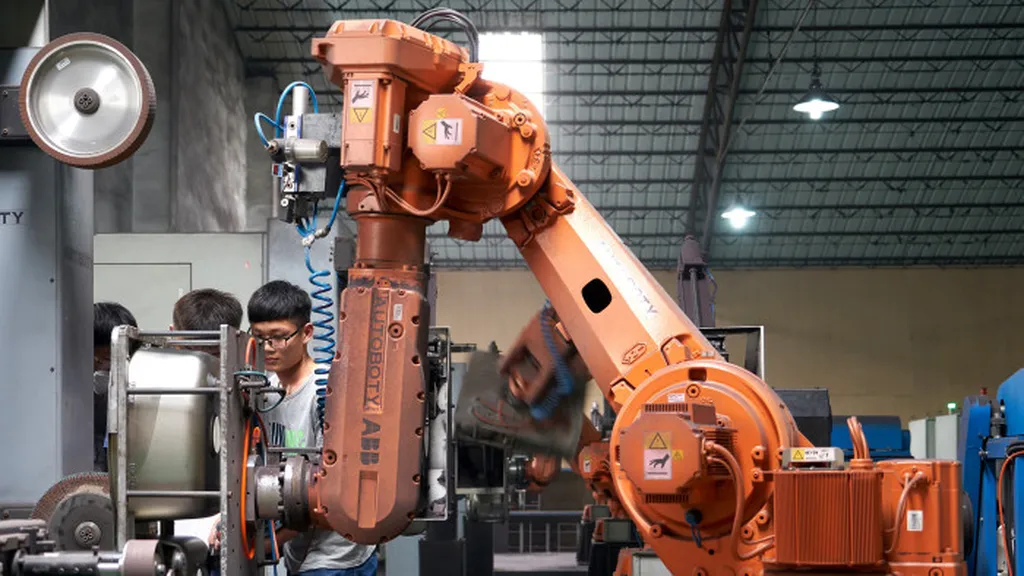In the quest to bolster construction safety, researchers have turned to an innovative approach that could revolutionize how the industry predicts and prevents accidents. Jian Liu, a professor at the University of Science and Technology Beijing, has led a groundbreaking study that employs a multivariable grey model (GM(1, N)) to enhance the accuracy of construction accident predictions. This research, published in the Journal of Civil Engineering and Management (Statybos inžinerija ir valdymas in Lithuanian), offers a data-driven decision support tool that could significantly impact safety management and operational efficiency in the construction sector.
Liu and his team conducted an exhaustive analysis of 511 potential combinations involving nine variables, including macroeconomic indicators and industry scale. By integrating these external variables, the model achieved a prediction accuracy error rate of less than 0.5%, a remarkable improvement over previous methods. “The key to our success lies in the optimization of variable selection,” Liu explained. “We found that the optimal predictive performance is achieved when the number of control variables is approximately four.”
The study also highlighted the importance of dataset size, demonstrating that increasing the amount of data significantly enhances the model’s predictive capability. This finding underscores the need for robust data collection and management practices within the construction industry. “Larger datasets provide a more comprehensive view of the factors influencing construction safety, allowing for more accurate and reliable predictions,” Liu noted.
The implications of this research are far-reaching. By providing a scientifically rigorous and precise tool for predicting construction accidents, the study offers empirical evidence that can guide decision-making and improve safety management practices. This is particularly relevant for the energy sector, where construction projects often involve complex and high-risk operations. Enhanced predictive capabilities can lead to better resource allocation, reduced downtime, and ultimately, safer working environments.
Moreover, the research enriches the theoretical understanding of grey system prediction models, offering a framework that can be applied to various industries beyond construction. “Our findings not only contribute to the academic discourse but also provide practical tools that can be implemented in real-world scenarios,” Liu said.
As the construction industry continues to evolve, the integration of advanced predictive models like the one developed by Liu and his team could become a standard practice. This shift towards data-driven decision-making is poised to shape the future of construction safety management, ensuring that projects are completed efficiently, safely, and with minimal risk to workers and stakeholders alike.

